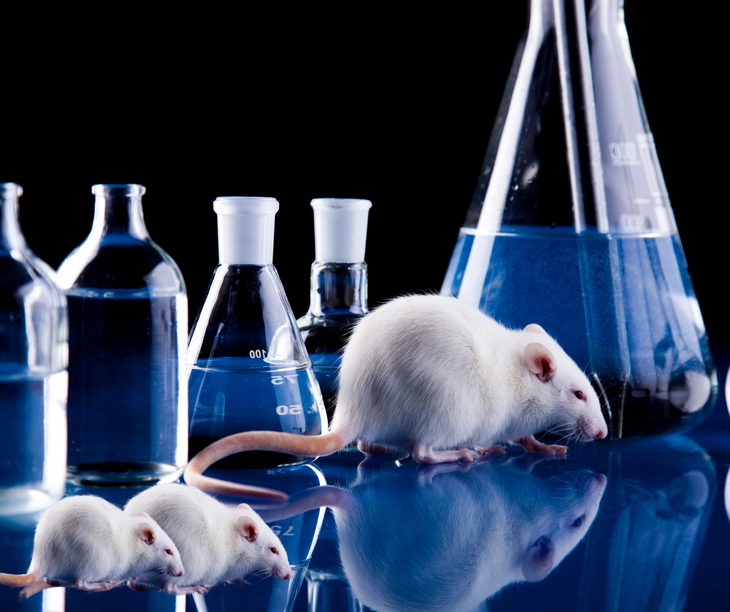
The use of animals in biomedical research has existed for centuries - Photo: AI
Limitations of animal models
Mice, rabbits, monkeys, and many other animals have been laboratory companions for generations. They are used to test drug toxicity, study disease, and test new treatments. However, a growing body of scientific evidence suggests that animal studies do not always accurately reflect biological responses in humans.
According to the US Food and Drug Administration (FDA), up to 90% of drugs that have shown positive results in animals fail when tested on humans. The reason is that significant differences in genes, biological structures and immune systems between humans and animals make it difficult to transfer data obtained from animals effectively.
In addition, maintaining animal research models is time-consuming, costly and causes ethical controversies. This is the motivation for scientists to look for alternative solutions, and AI is one of the promising directions.
Artificial intelligence: data filtering and biological simulation
AI has the ability to process and analyze huge amounts of data that humans cannot do in a short time. In biomedical research, AI can review hundreds of thousands of scientific papers, analyze the molecular structure of tens of thousands of compounds, predict the toxicity, effectiveness and mechanism of action of drugs on the human body without the need for animal testing.
A recent study in the US showed that AI can predict the liver toxicity of a compound with up to 87% accuracy, significantly higher than many current testing methods. Scientists even simulated more than 100,000 "virtual mice" on a computer system to test the drug's effectiveness, something that cannot be done in the real world for ethical and financial reasons.
AI is also being used in COVID-19 vaccine research, significantly reducing development time. With the help of AI, scientists can quickly identify regions of viral proteins (epitopes) that are likely to elicit an immune response, thereby designing effective vaccines without having to use traditional mouse models in many early stages.
AI does not work alone, but is often combined with biotechnologies such as organoids, 3D printed tissues or multi-organ systems (body-on-chip). These models use human cells to simulate the biological functions of the liver, heart, brain... and when combined with AI, the system can analyze complex drug or disease reactions in an environment that closely resembles the human body.
For example, artificial lung tissue connected to AI to assess the level of SARS-CoV-2 virus penetration gave results equivalent to mouse experiments, but much faster and more accurately. From there, tests can be performed in a personalized direction based on the patient's own stem cells, instead of using standardized animal models as before.
Shaping an animal-free era in biomedical research
The combination of AI and biotechnology is paving the way for a new era of animal-free research, which not only reduces costs and time, but also improves the accuracy of predicting drug responses, especially as personalized medicine becomes mainstream.
Many countries, including the United States, have begun to relax regulations requiring drug testing on animals before conducting clinical trials. This is a clear signal that the scientific world is changing, gradually moving towards a more effective, humane and modern research model with the help of artificial intelligence.
Source: https://tuoitre.vn/nghien-cuu-khong-dong-vat-cong-nghe-mo-loi-cho-y-sinh-tuong-lai-20250609142417126.htm


![[Photo] The 5th Patriotic Emulation Congress of the Central Inspection Commission](https://vphoto.vietnam.vn/thumb/1200x675/vietnam/resource/IMAGE/2025/10/27/1761566862838_ndo_br_1-1858-jpg.webp)
![[Photo] President Luong Cuong attends the 80th Anniversary of the Traditional Day of the Armed Forces of Military Region 3](https://vphoto.vietnam.vn/thumb/1200x675/vietnam/resource/IMAGE/2025/10/28/1761635584312_ndo_br_1-jpg.webp)




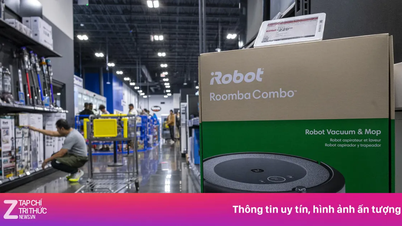

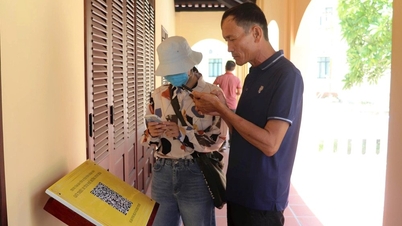




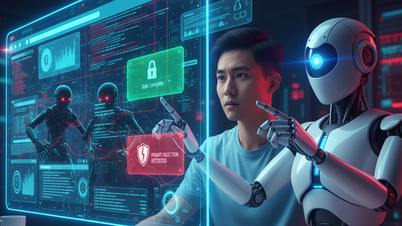
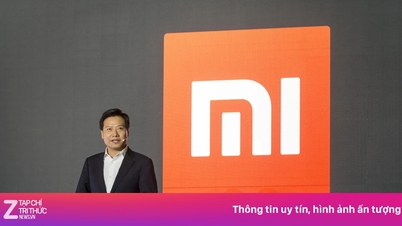










![[Photo] Party Committees of Central Party agencies summarize the implementation of Resolution No. 18-NQ/TW and the direction of the Party Congress](https://vphoto.vietnam.vn/thumb/1200x675/vietnam/resource/IMAGE/2025/10/27/1761545645968_ndo_br_1-jpg.webp)
![[Photo] National Assembly Chairman Tran Thanh Man receives Chairman of the House of Representatives of Uzbekistan Nuriddin Ismoilov](https://vphoto.vietnam.vn/thumb/1200x675/vietnam/resource/IMAGE/2025/10/27/1761542647910_bnd-2610-jpg.webp)








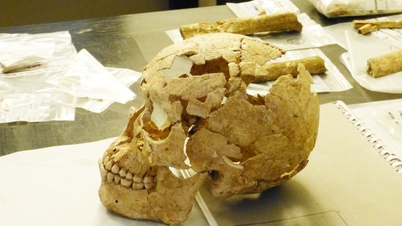





















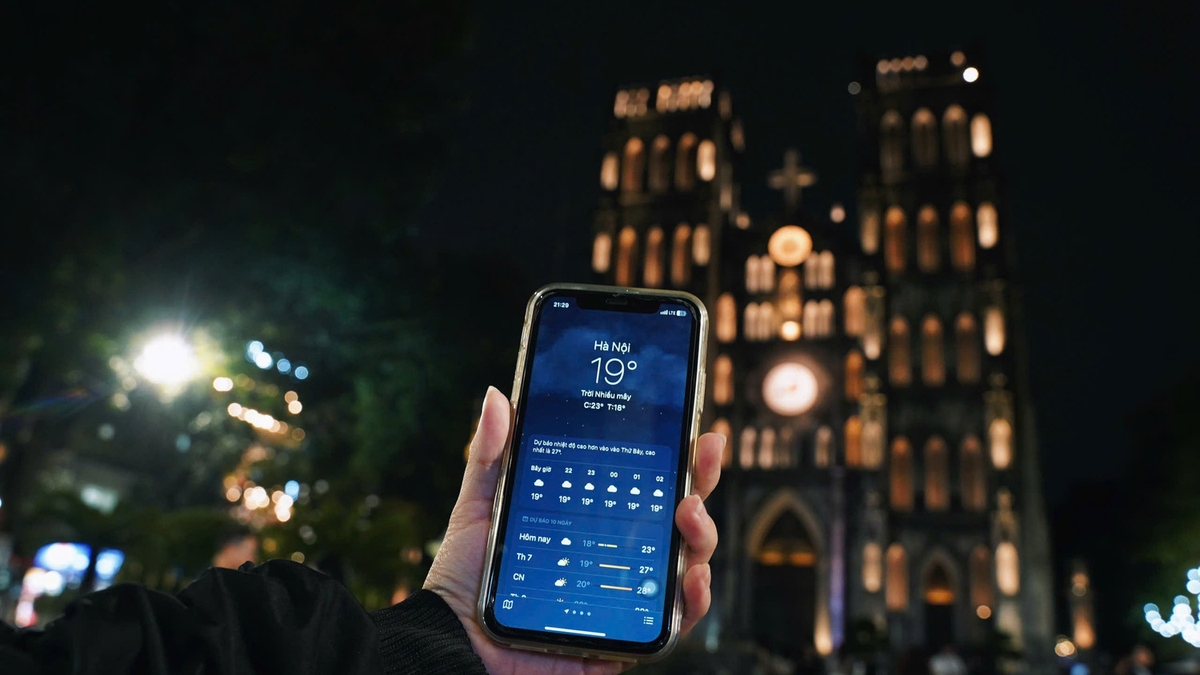










































Comment (0)